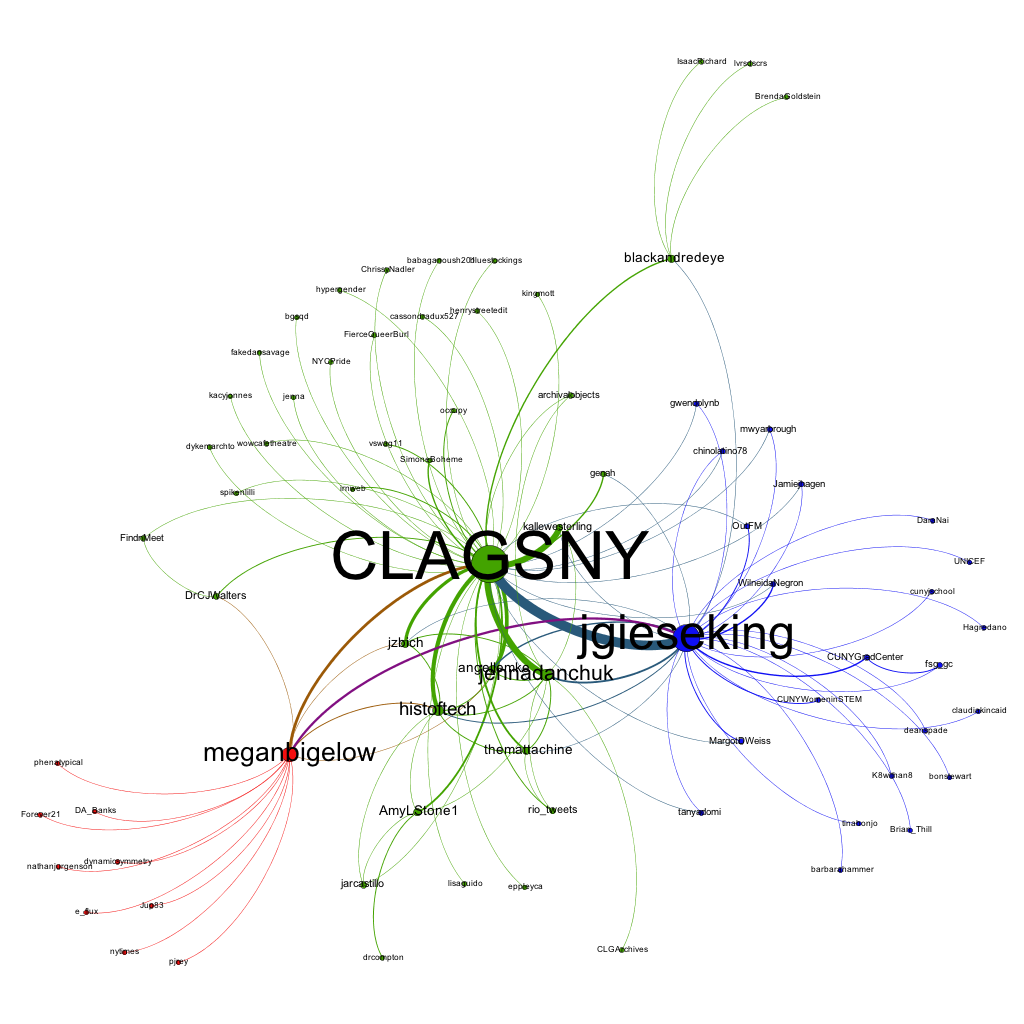Framing the Readings
Cities have been theorized historically as a site that encompasses the depraved and the delinquent, including the homosexual even before the Chicago School in the early 20th century, and such ideas still permeate the imagination of the urban (Abraham 2009). Against the isolation lgbtq people experienced in rural and suburban areas, particularly before the era of the internet, it was common knowledge to tell lgbtq people, as Kath Weston (1995) put it, “to get thee to a big city” to find and connect with like-minded and -bodied people This sense of urban promise was both myth and fact, and congealed as increased urbanization along with the separation of the sexes during WWII provided the necessary conditions for the growth of lesbian and gay cultures we know today, as asserted by the work on John D’Emilio (1983a; 1983b). Yet narratives of the city still tend to suggest they are spaces for men, while women are regenerated to the private places of their homes, more publically in a state of fear, and remain generally invisible. Considerations of race, class, and citizenship are also pinkwashed through processes and practices homonormativity (Duggan 1994), or the assimilation of radical homosexual ideas, but the geographical imagination of the grand lgbtq city continues.
Feminist philosopher Iris Marion Young (1990) suggested that the city affords the cover of anonymity and the potential for social interaction across differences. While idealizing the possibility for a critical mass from and across these differences, Young’s city can be read as a space of queer flux that celebrates and reproduces its unoppressive, unfixed, unassimilated communities and identities. Elizabeth Grosz’s concept of bodies-cities (1996), which argues that bodies and cities mutually define one another through social, economic, and political elements, advocates relationality as a way of supporting and producing recognition so that the city is a space that affords pressure and possibility for agency and access.*
Our Discussion Questions
What can the work of refusing the norms and structures of city life and the bodies who move, live, dwell, love, and desire within it enact and sustain the cities of difference long imagined? How does New York City queer norms and enact difference, and where is it less successful? What ways does the city work for and against you when it comes to difference? As you reflect on these questions, remember that theory is divined from experience so share as much as you wish about you wish of your ideas and experiences to reflect on this.
*See the Further Recommended Readings for this week to see the citations for the works mentioned here.
